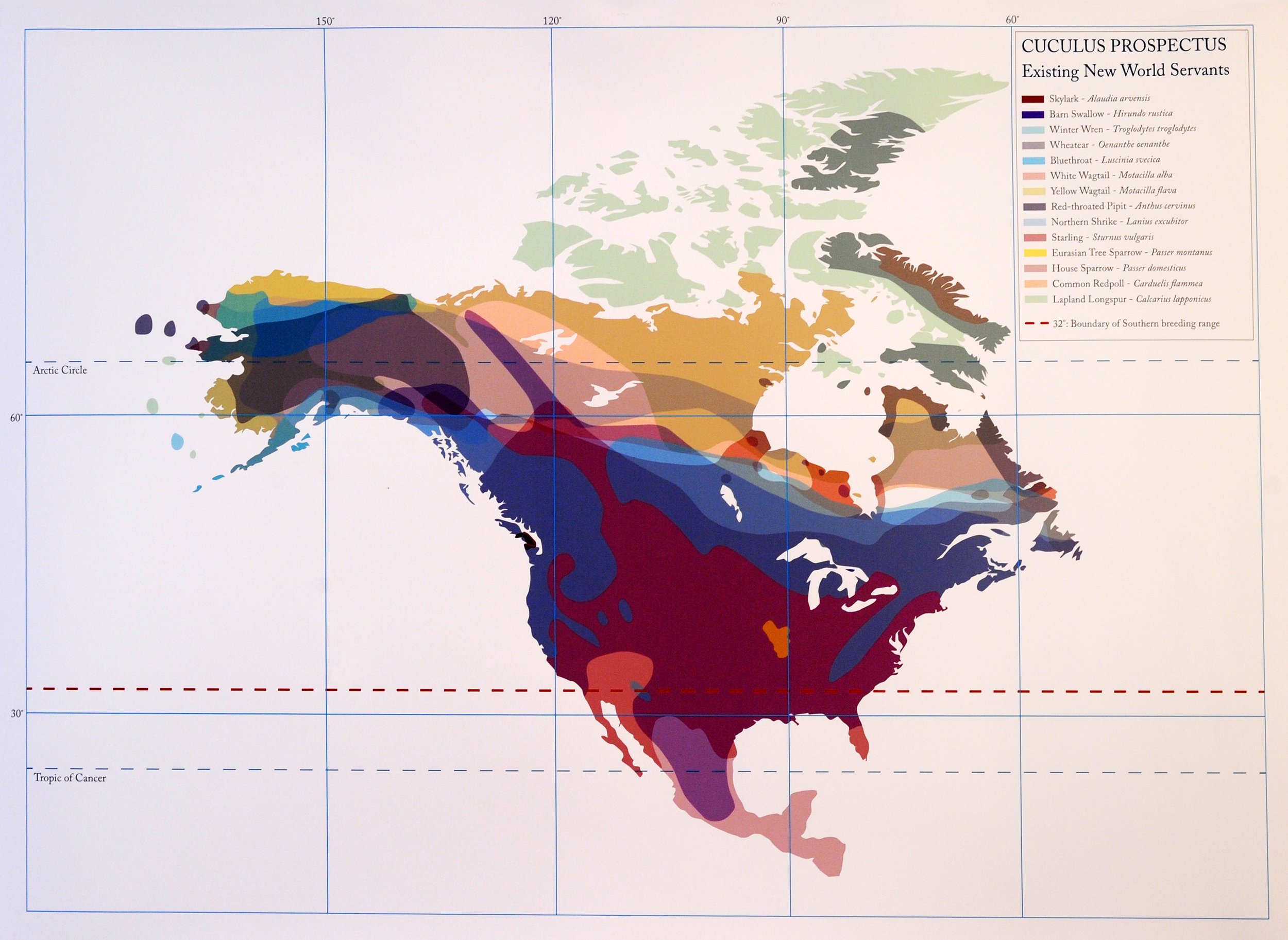
Existing New World Servants and New World Kin
Existing New World Servants
2011
Media: inkjet print on paper,
Size: 750 x 600mm, 2013 – Unruly Objects (one person exhibition), Cornerstone Gallery and Arts Centre, Didcot, Oxfordshire.
Exhibited:
2013 – SOLO (one person exhibition) Cuculus Prospectus, Waterfront Gallery, UCS, and Ipswich Museum, Suffolk.
2012 – The Fools Journey (group exhibition) Curious Matter (NJ) and Proteus Gowanus (Brooklyn NY) USA.
2011 – Cuculus Prospectus (one person exhibition), Beldam Gallery, Brunel University.
New World Kin
2011
Media: inkjet print on paper
Size: 750 x 600mm
Exhibited:
2013 – Unruly Objects (one person exhibition), Cornerstone Gallery and Arts Centre, Didcot, Oxfordshire.
2013 – SOLO (one person exhibition) Cuculus Prospectus, Waterfront Gallery, UCS, and Ipswich Museum, Suffolk.
2011 – Cuculus Prospectus (one person exhibition), Beldam Gallery, Brunel University.
About this work:
Part of the large project Cuculus Prospectus, 2011, Existing New World Servants overlays distribution diagrams of the North American territories of 14 European host species, common to both ‘Old’ and ‘New World’. New World Kin is made up of the distribution maps of 2 non-parasitic North American cuckoos. Although both works resemble recognisable land maps, they contain no physical geographical information.
-
Cuculus Prospectus comprised sculptures, prints, drawings, photographs and video, and was shown in a series of exhibitions in UK galleries, museums and alternative venues between 2011 and 2013. The result of an extended period of practice-led academic research, this work utilises the parasitic habits of the Eurasian Cuckoo Cuculus canorus, as a metaphor for and means to understand human and animal colonialism, migration and shifting global ecologies.
Building on earlier works How to Speak…: The Breeding Birds of the United Kingdom, 2000, and Briefe and True: Lost Landscapes 2005, Cuculus Prospectus expands imaginatively Thomas Harriot's 1590 ‘A Briefe and True Report of the New Found Land of Virginia’ (partially designed as a ‘prospectus’ for English colonists). It included descriptions of resources - plant, animal, mineral & human - of modern coastal North Carolina, USA. Cuculus Prospectus expands on these Early Modern ideas, with reference to natural history, taxonomy, animal/human migration and global environmental change. In this exhibition, the fascinating behaviours of Cuculus canorus - including the use of 'brood parasitism' to reproduce – are explored through differing works in a wide range of media. In researching this work, I attempted to simultaneously think and act like both human and Cuckoo. This conjunction produced a strange logic through which various individual works emerged. Methods I have referred to as ‘pseudoscientific’ were used to make decisions and organise information forming the basis of the works that make up Cuculus Prospectus. Through these, audiences may learn a great deal about Cuculus canorus, though the work is as much about our (human) selves.
Cuculus canorus is found in Europe, Asia and Africa but nowhere in the Americas. Whilst this project explores a potential event that is technically and biologically unlikely Cuculus Prospectus invites questions about Europe's colonial past, imagining a scenario in which an ‘Old World’ bird plans the extension of its breeding territory into another ‘new’ continent. The work refers to the extents to which human actions have affected plant and animal life on earth - species whose habitats/ranges are extending, shifting and diminishing. The effects of colonialism on global, biological environments, are what Alfred Crosby has referred to as 'Ecological Imperialism' (Cambridge, 1986).
For this project, I utilised resources from the ornithological archives at the Natural History Museum, London (Tring), Oxford University Museums and the Alexander Library Oxford.

